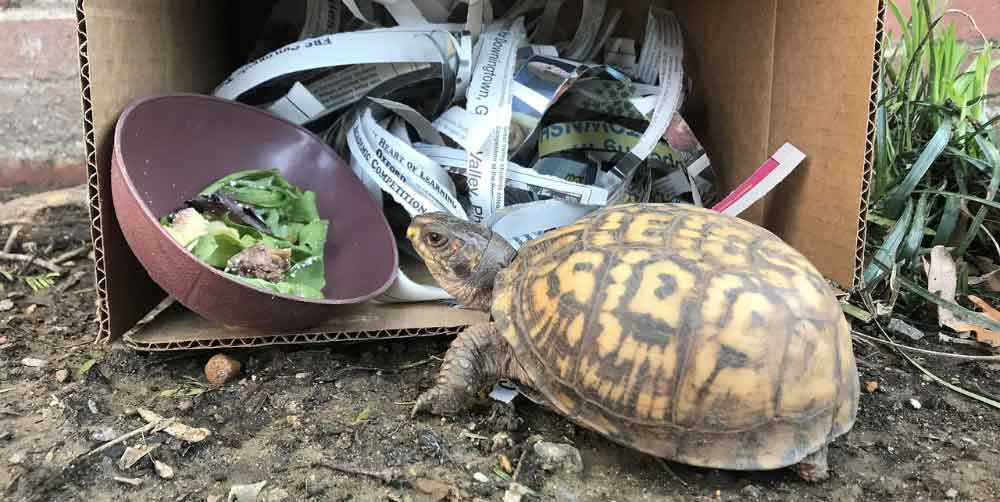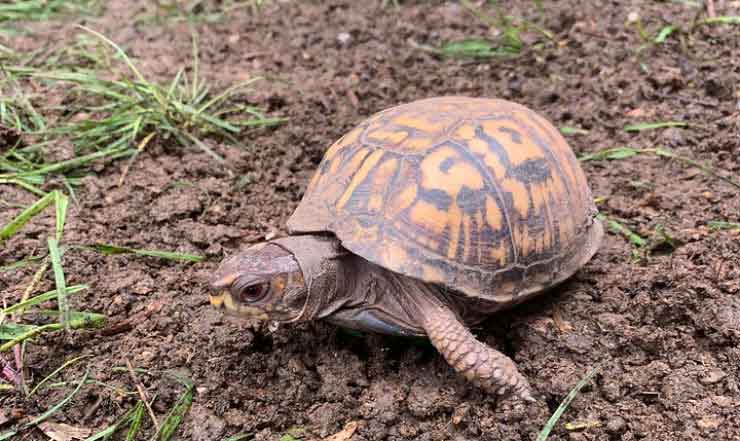Meet Our Animals
The Brandywine Zoo proves that great things do come in small packages. The Zoo features animals from the tropical and temperate areas of North and South America, Asia and Africa. Our animals range from more common species to the highly endangered. All enjoy natural settings and welcome your visit to the zoo. Some animals may be off exhibit during cold weather.
Terrapene carolina carolina
Eastern Box Turtle

Habitat
Geographic Region & Range
Diet
Physical Description
All eastern box turtles have a bridge-less, hinged plastron that allows box turtles to close their shells almost completely. They have a steep, margined, keeled, high-domed, rounded carapace with variable markings. Black or brown with streaks or spots of red, yellow, orange white. Its distinct coloring camouflages it among the damp earth, fallen leaves and other debris found on the floor of moderately moist forests.
Lifespan
Usually up to 50. However, they can live much longer. The oldest known was thought to have lived over 100 years
Threats
Status

What are AZA Zoos doing for
Eastern Box Turtle
Some AZA zoos have box turtle monitoring programs, such as the Maryland Zoo of Baltimore. Many have box turtles in their collections that are relinquished pets or have come from wildlife rehabilitators.
Fun Facts
Eastern box turtles have an internal homing ability, which is why if they’re removed from their home range, they will attempt to return to it, often having to cross hazards such as roads.
Eastern box turtles are important seed dispersers for may apples (AKA maypops or mandrakes), the small, umbrella like plants that are commonly found in woodlands of Delaware in the spring.
Home ranges for box turtles average the size of one football field for their entire lives.
Part of the box turtle’s diet is poisonous mushrooms which don’t hurt the turtles, but can kill people! The toxins accumulate in the turtle’s body and if you eat the turtle, it can be deadly.
In the northern regions, they go into a period of dormancy called brumation in October or November. To hibernate (brumate), they burrow as much as two feet deep into loose earth, mud, stream bottoms, old stump holes, or mammal burrows.




